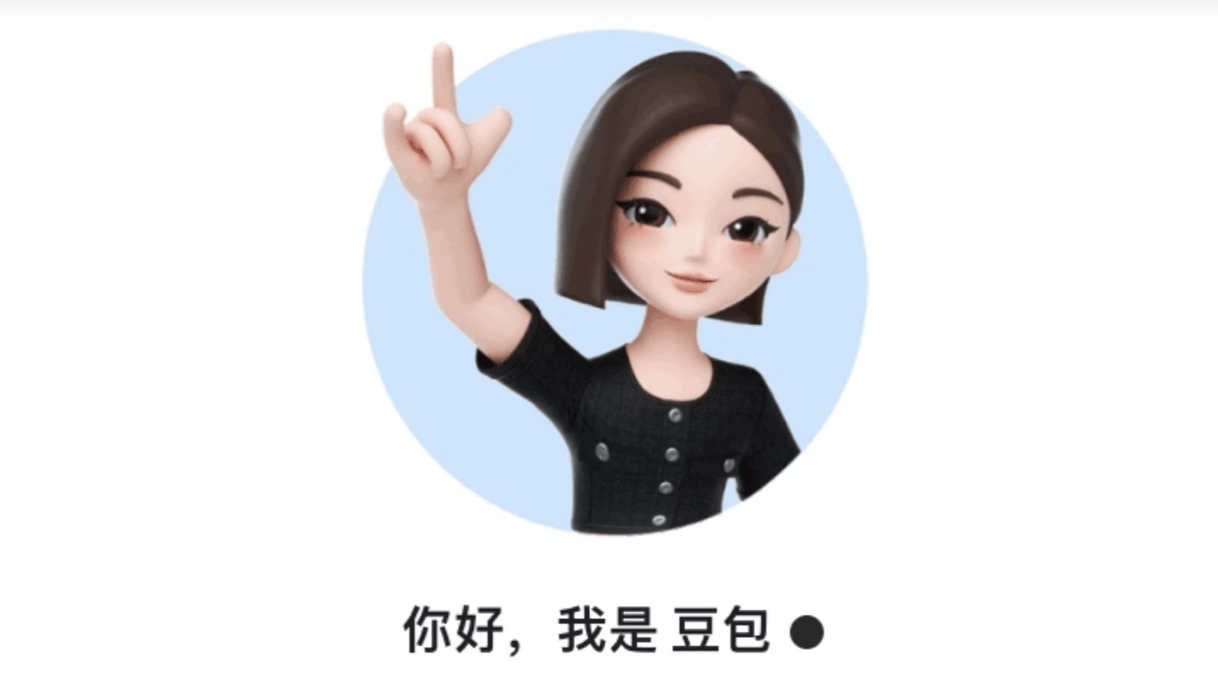[vc_row][vc_column][vc_column_text]
The ability to brew a good cup of tea is often referred to as an art form. Just as different artists use different mediums to create their masterpieces, a tea brewer also has different tools in which to create the perfect cup of tea. Whether it is a porcelain gaiwan or a zisha teapot, every vessel will affect the tea differently, so it is important to understand each.
Gaiwan
You can’t truly call yourself a serious Chinese tea drinker until you can use a gaiwan. Translated to “lidded bowl,” that is literally all a gaiwan is. It’s a small bowl you fill with tea leaves, place a lid on, then pour your brewed tea out of (through a small gap you create between the lid and the bowl).
In China, gaiwans are the preferred vessel for everyone, from tea farmers to highly ceremonious “tea masters.” Usually made from porcelain, the gaiwan allows for a high amount of tea leaves to a low amount of water, to produce a very flavor-concentrated brew. The use of the gaiwan for tea is actually fairly new. In ancient times, gaiwans were much larger and used for soups and hot foods. It is unclear exactly when the gaiwan started to be used for tea, but originally people drank directly from the bowl, using the lid to hold back the leaves. It was around 500 years ago that they shrank the size of the gaiwan and started using it in the style that we know today.
The gaiwan is synonymous with Chinese tea, but is probably less popular around the world… at least compared to the teapot.
Teapot
If a gaiwan is a manual transmission car, the teapot is an automatic. It’s pretty straightforward: put in the tea and water, place lid, pour out of spout. The smoothness and ease of the pours depend on the teapot itself rather than the pourer.
A well made teapot has a variety of factors that go mostly unnoticed by the untrained eye, but are crucial for a good pour. Things like the angle of the spout, the tightness of the lid, and the shape of the body are all crucial for a smooth and effortless brew. The shape of the teapot as we know it began around the Yuan Dynasty. The design for the teapot came from wine and water pots, with the first tea-specific pots coming from the city of Yixing in Jiangsu province.
Normal water glass
Sometimes brewing tea is as easy as throwing leaves in water. Often called “grandpa-style” brewing in the West, this is the preferred style for Chinese drinkers of green tea. You see this a lot in offices and taxi cabs. Depending on the heat of the water, you can fill up your bottle, container, or glass multiple times.
This style works particularly well for green tea because when brewing green tea, it is best not to cover it because it is very heat sensitive. It is also common to see people put a strainer into their cup, so as to remove the tea between brews.
MATERIALS
In Chinese tea, there are two main types of material used for vessels, each one with its devoted fans.
Zisha
Originally from the city of Yixing, zisha — literally, “purple clay” — is a type of clay that is very porous. Tea drinkers who own zisha teapots will dedicate only one type of tea to each pot, being extra careful not to brew in the wrong pot. Fired at around 1,200 degrees Celsius, zisha is a lot less dense than porcelain. As the clay comes in contact with the tea it absorbs the oils and essence of the tea. At first, this takes away from the tea, often removing the aroma or more delicate flavors. Over time, however, as the clay saturates, it begins to give back. It can take a plain-tasting tea and make it more complex by adding aromas and flavors picked up from previous teas. They say a pot can become so saturated that if you just pour hot water, you will be able to smell the tea. Also, over time the pot begins to get a fatty shine, a patina. A pot with a good patina can sell for more than ten times its original price.
Porcelain

While zisha will affect the flavor of the tea, people love porcelain tea ware because it leaves the flavor of the tea pure. A type of pottery that is fired in a kiln at 1,400 degrees Celsius, porcelain is an extremely dense material, and thus will not impart any flavor into the liquid it holds. (The same concept applies to why soft drinks taste better coming out of glass bottles; glass is more dense than aluminum cans, and therefore you get more of the drink’s original flavor.)
At the mecca of porcelain in Jingdezhen, Jiangxi province, you can find porcelain everything, from plates to desk lamps (and tea pots, of course). Due to the density of porcelain, and the solid glaze that goes on top, it is not uncommon to find pieces of porcelain that are hundreds of year old but still intact. In 2014 a Ming Dynasty porcelain cup was sold for 36.3 million dollars. The cup was in such good condition that the buyer, Liu Yiqian (pictured top), drank from it right after purchasing.
~
The decision of what vessel to use is a personal one. While there are general rules — i.e. it is unwise to use a zisha for greens — it is up to the brewer to decide what is the best choice for the tea and the environment. It all depends on what he or she is most comfortable and skillful at using. The vessel by itself cannot guarantee good tea. It must be in the hands of someone who knows how to use it and is able to execute a calm, controlled pour. Knowing which vessel to use takes time and experience. But once you have found your favorite, it becomes almost an extension of yourself; the number of possible flavors becomes endless.
| Column Archives |[/vc_column_text][/vc_column][/vc_row]




























